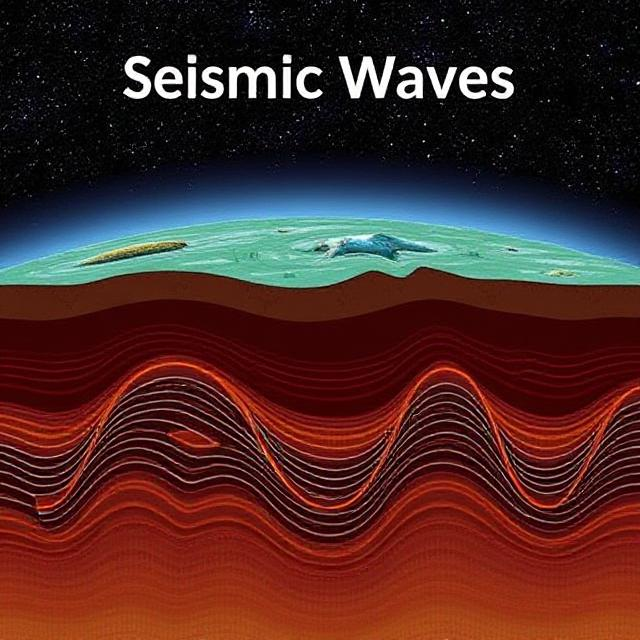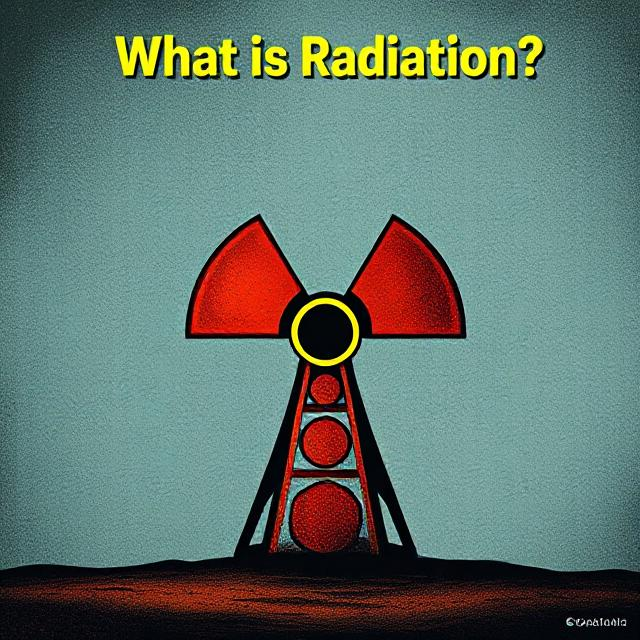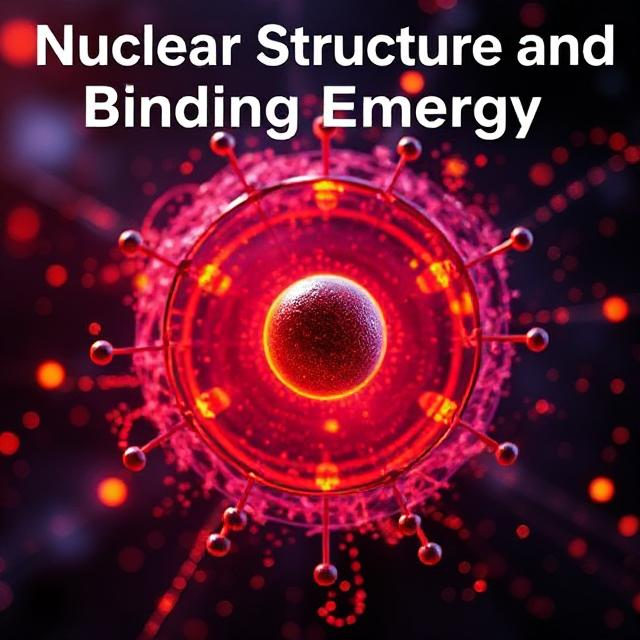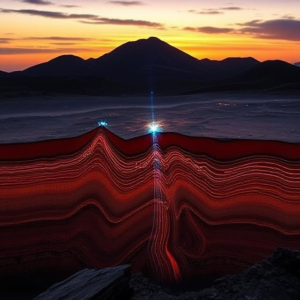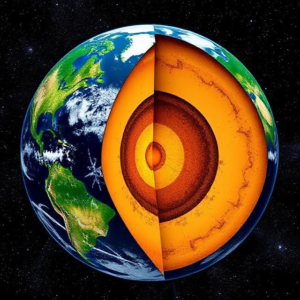Seismic waves are vibrations or waves that travel through the Earth. These waves are usually caused by...
Physics
Optical rotation and the Faraday effect both refer to the ability of light to change its behavior...
In thermodynamics, there are different types of processes that describe how energy is transferred or transformed in...
A simple pendulum is a mass attached to a string or rod that swings back and forth...
Tidal forces refer to the stretching and squeezing effects caused by the gravitational pull of one body...
A diffraction grating is an optical device that splits light into its component colors or wavelengths. It...
Interference in thin films is a phenomenon that happens when light reflects off the top and bottom...
Brewster's Angle is the specific angle at which light with a particular polarization is perfectly reflected when...
The Raman Effect is a powerful tool that helps us understand the molecular and chemical properties of...
The center of mass is a useful concept that simplifies understanding how objects or systems of objects...
Collisions happen when two objects come into contact with each other, usually moving in different directions or...
Radiation is a process by which energy is emitted from a source in the form of particles...
Engines are machines that convert energy from one form to another, often turning heat energy into useful...
Surface physics is the study of the physical properties and behavior of materials at their surface, rather...
The Band Theory of Solids is a theoretical model used to explain the electrical properties of materials,...
X-ray diffraction (XRD) is a powerful technique used to study the structure of materials at the atomic...
Nuclear reactions are processes where atomic nuclei change, leading to the release or absorption of energy. These...
Radioactive decay is a natural process by which an unstable atomic nucleus loses energy by emitting radiation....
Atoms, the basic building blocks of matter, have a dense central core known as the nucleus, which...
The hydrogen atom spectrum consists of bright lines that correspond to the specific energy differences between the...

